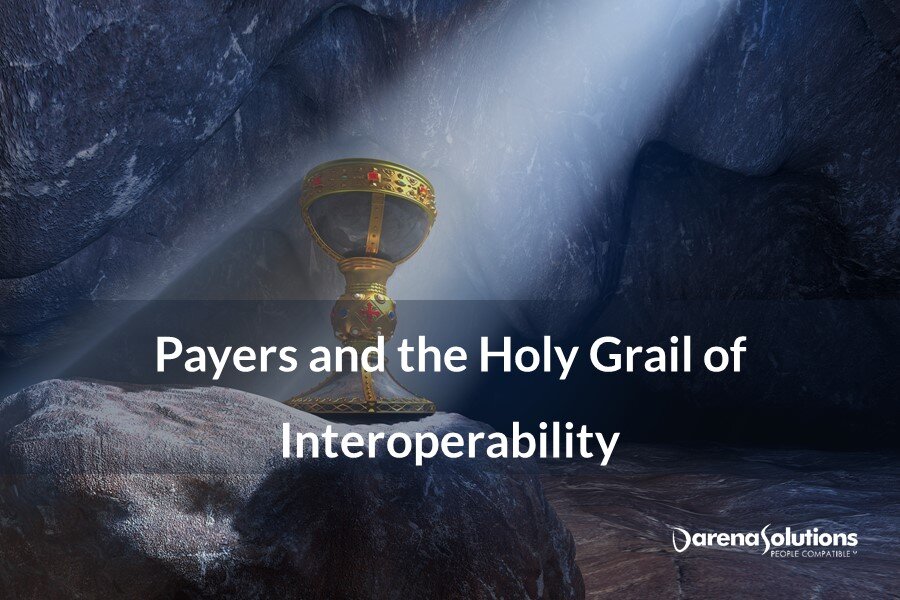Darena Solutions Blog and News
Interoperability: There is FHIR® at the End of the Tunnel
Over the last decade, billions of American taxpayer dollars have been spent to achieve “interoperability” in healthcare. Has it worked? The answer depends on who you ask. However, everyone agrees that we have a long way to go. Is FHIR® the answer to the interoperability conundrum?
2021: Time for Everyone to Play With FHIR®
As 2020 comes to a close, it is time to reflect back at the year. The COVID challenge we are faced with and drawing upon the lessons learned from it to remind everyone that regardless of the role you play in the healthcare ecosystem (patients, providers, payers, and Health IT vendors), come 2021, you need to start playing with FHIR.
BlueButtonPRO™ - First Certified Solution for Cures Act Announces Integration with Microsoft Azure API for FHIR
Darena Solutions announced a new integration between their BlueButtonPRO™ solution and Microsoft® Azure API for FHIR. BlueButtonPRO is an end-to-end FHIR-based patient engagement platform to connect providers, payers, research organizations, registries and patients.
Get Ready for Cures Act With Azure API For FHIR®
There is a lot of confusion on what exactly the 21st Century Cures Act requires and includes. We help break down the law and demonstrate how we are helping our clients meet the requirements using Azure API for FHIR®.
FHIR®: What’s in it for Providers?
There is a lot of buzz surrounding the concept of interoperability and FHIR®, but what do healthcare providers get out of it? We delve into a variety of benefits that providers organizations (big and small) can expect to see when they decide to adopt FHIR®.
Epic's Letter To HHS: Facts vs Fiction
Last year at HIMSS, ONC announced a proposed rule pertaining to some provisions of the 21st Century Cure’s Act, which included some new certification criteria that all EHR vendors will need to support going forward. Yesterday evening, CNBC released an article sharing that Epic’s CEO, Judy Faulkner is urging hospital executives to oppose this rule. Epic has confirmed this and that they have sent an email to HHS Secretary Alex Azar, which has been signed by other “healthcare CEOs.” This is a very disappointing action by Epic, trying to misrepresent the proposed rule. Let’s winnow the fiction from the facts to understand what is going on here.
Payers and the Holy Grail of Interoperability
Healthcare payers stand to benefit from increased interoperability.. We explore why proposed rule CMS-9115 could mean a lot for payers in 2020.
2020: The Decade of Semantic Interoperability and Compliance
Let's take a look at the history, and future, of compliance and interoperability in healthcare, and what to expect out of patient focused semantic interoperability. Will 2020 finally be the year that healthcare changes put the patient first?
Connecting Patients With FHIR® Based Clinical Data Registry
Read how to implement a clinical registry solution based on Microsoft Azure API for FHIR that accepts data directly from patients in a very secure yet simple way. Before a patient can share data, they need to have access to the data themselves and be able to control it. Find out how we address this issue.
CMS Blue Button® 2.0 Fueling FHIR®
In our last blog we discussed how Apple, Google, Microsoft and Amazon are planning to leverage the HL7® FHIR® standard. This discussion would be incomplete without the mention of probably the largest FHIR solution in the country today managed by a (non-tech) organization. I am talking about Blue Button 2.0 by Centers for Medicare and Medicaid Services (CMS).
How Microsoft, Google, Apple, and Amazon are Fueling FHIR
A recent blog post by ONC in 2018 highlighted some amazing analysis around the adoption of FHIR® in the US. The post briefly mentioned how Apple, Google, Microsoft and Amazon are planning to leverage the HL7® FHIR® standard. This blog discusses how some of these tech giants are approaching FHIR.
Azure Cosmos DB & HL7® FHIR® - A Match Made in Heaven?
The key differentiator of FHIR from any previous standards used in the healthcare is the portability of FHIR “resources”. This granular approach to storing and consuming healthcare data opens up many more new opportunities as compared to the traditional document-based methods. However, this approach also presents some challenges. Can Azure Cosmos DB be the perfect solution to those challenges?
Interoperability: There is FHIR® at the End of the Tunnel
Over the last decade, billions of American tax payer dollars have been spent to achieve “interoperability” in healthcare. Has it worked? The answer depends on who you ask. However, everyone agrees that we have a long way to go. Can FHIR® might be the answer to the interoperability conundrum?













